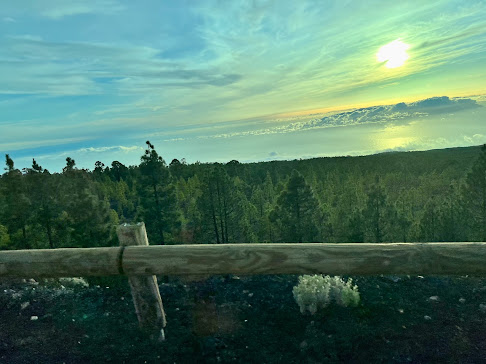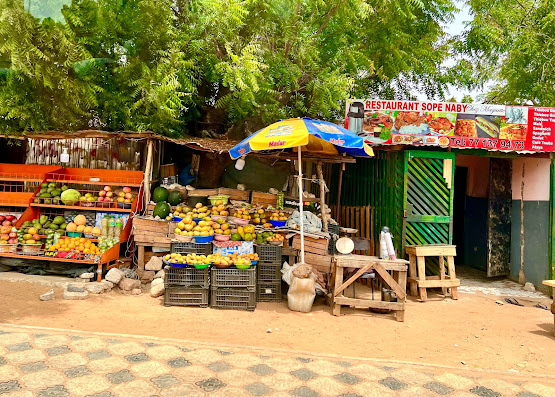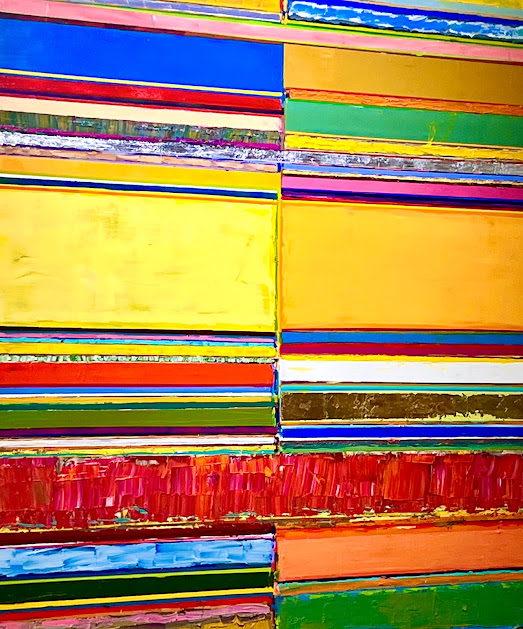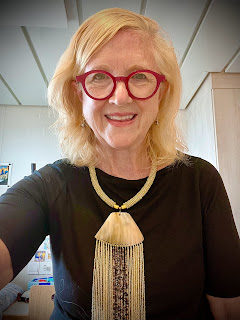Trip to the organic farm connected to Mercy Ships
Travel outside of Dakar - 17 June 2022 Fruit and vegetable stands line the roadways in the smaller towns outside of Dakar. The main highway - A1, is a toll road which costs about $2.40 (US) when going less than 25 miles out of Dakar. This is an expense many people can not afford. The roads in and around Dakar are well established and maintained. Weaverbird nest which hangs from thorny tress in Senegal, West Africa. Young ostriches at the organic farm outside of Dakar, Senegal. Mangos!!! A small town near the organic farm outside of Dakar, Senegal. Like many large cities these small towns are quickly becoming part of the larger Dakar boundary. Touring the organic farm with one of the Senegalese farmers.








Comments
Post a Comment